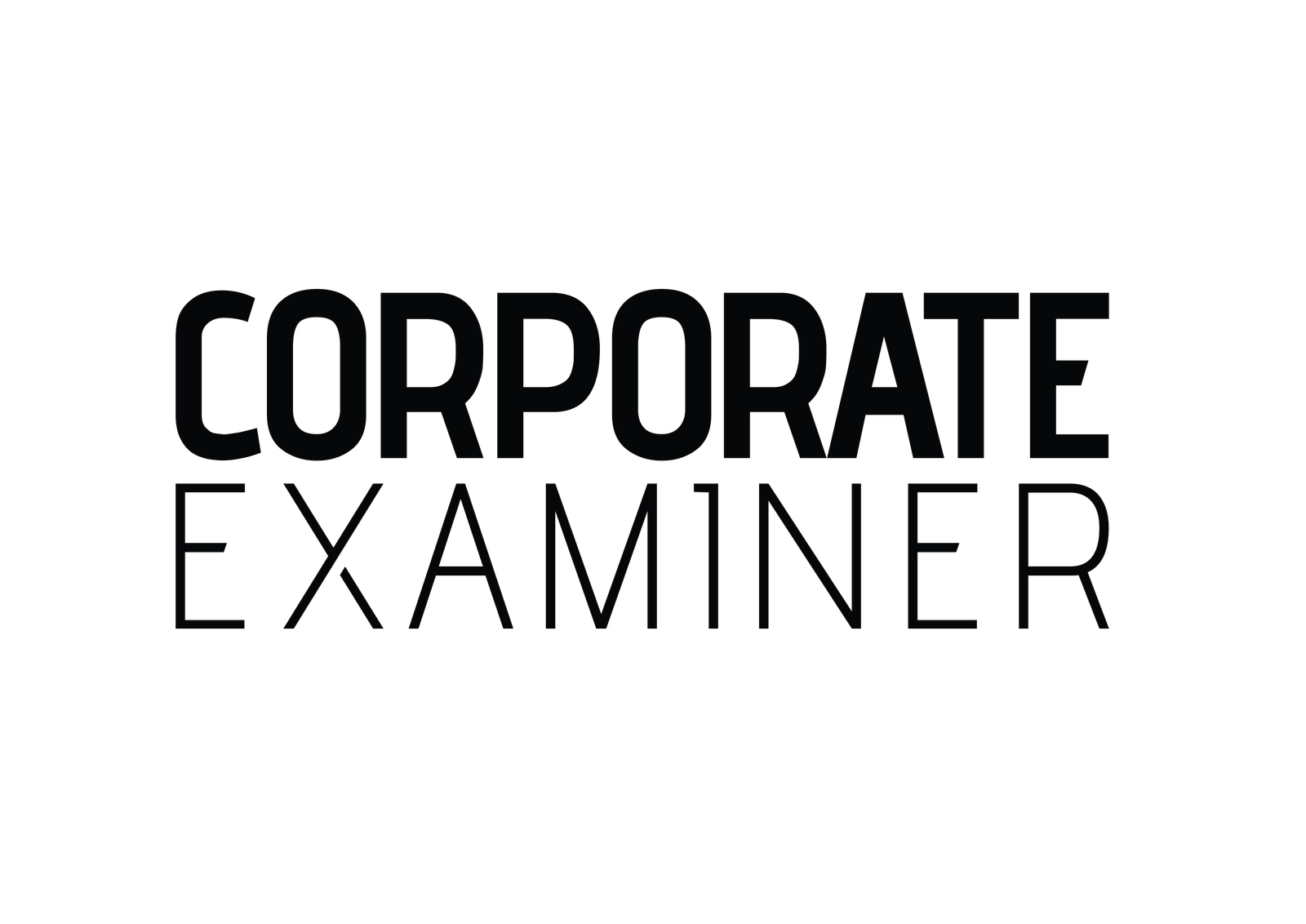In today’s fast-paced business world, corporate strategic planning frameworks are key for companies to lead. These strategic management frameworks give structure to decisions, turning goals into plans. Startups to global companies use these methods to analyze markets, set priorities, and manage resources well.
This article looks at important frameworks like the Balanced Scorecard, SWOT, and PESTEL. It shows how they make complex challenges easier. By learning about these tools, readers will get practical tips for their own strategic planning.
Key Takeaways
- Frameworks like the Balanced Scorecard and SWOT analysis guide decision-making in competitive markets.
- Strategic management frameworks help align teams, clarify objectives, and reduce uncertainty.
- Tools such as PESTEL and Porter’s Five Forces clarify market risks and opportunities.
- Real-world applications and step-by-step guidance are emphasized for actionable insights.
- Readers learn how to choose frameworks that boost competitiveness and long-term growth.
Understanding Corporate Strategic Planning Frameworks
Effective business strategies start with clear plans. Corporate strategic planning frameworks are tools that help organizations turn ideas into results. These frameworks provide structure to complex decisions, making goals achievable and measurable. From startups to Fortune 500 firms, these models guide every step of the planning process.
What Are Strategic Planning Frameworks?
Strategic planning frameworks are systems that organize the strategy-making process. They include models like SWOT analysis, which identifies strengths and threats, and the Balanced Scorecard, which links strategy to performance metrics. Strategic planning models vary by industry needs. For instance, tech firms might use agile frameworks, while manufacturers rely on more traditional models.
Importance in Business Success
These frameworks drive results. They clarify priorities, ensuring teams focus on high-impact tasks. A 2023 McKinsey report notes companies using these tools see 30% faster decision-making. By analyzing risks and opportunities, frameworks like PESTEL help companies adapt to global shifts. For example, Unilever uses strategic planning models to align sustainability goals with market trends, boosting customer trust and sales.
Key Components of Strategic Planning
Effective strategic planning has core elements that guide decisions and align teams. At the center are vision and mission statements. These define a company’s purpose and long-term goals. A strong vision inspires action, while a mission sets daily priorities.
A tech firm might have a vision for innovation and a mission focused on customer solutions. This shows how vision and mission statements guide a company’s path.
The SWOT analysis is another key part of strategic planning tools. It looks at a company’s strengths and weaknesses, and external opportunities and threats. By understanding these, businesses can improve their corporate strategy development.
For example, a retail business might use SWOT to fix supply chain issues and grab new market chances. This shows how SWOT helps in making better strategies.
Linking these elements to bigger goals is vital. Vision and mission statements should connect with everyone involved, ensuring everyone is on the same page. SWOT analysis guides specific actions, turning ideas into plans.
Regular checks on these parts keep strategies flexible, adapting to market changes. When used well, these elements build strong and forward-looking corporate strategies.
Popular Corporate Strategic Planning Frameworks
Businesses use strategic management frameworks to make smart decisions. The Balanced Scorecard, PESTEL Analysis, and Porter’s Five Forces are top choices. They help see what’s strong inside the company, what risks are outside, and how the market works.
Balanced Scorecard
This framework looks at financial goals and other important areas. Microsoft uses it to make sure projects help the company grow. It focuses on things like how well employees do and how happy customers are.
PESTEL Analysis
PESTEL checks out political, economic, social, technological, environmental, and legal factors. Coca-Cola uses it to get ready for changes in laws, like taxes on sugar. This helps them change their marketing and products early.
Porter’s Five Forces
This tool looks at competition, supplier power, and customer loyalty. It helps companies like Amazon see what’s at risk and what chances they have. It shows where they can get stronger.
These corporate strategic planning frameworks often go together. For example, PESTEL finds outside risks, and the Balanced Scorecard checks progress. The right mix depends on what the company wants to achieve and the industry it’s in. Using different frameworks together makes sure strategies tackle both inside strengths and outside challenges.
Balanced Scorecard Explained
The strategic planning models world becomes clearer with the Balanced Scorecard. It’s a strong strategic planning tool that makes vague goals clear. It breaks down strategy into four main areas, making sure no part of performance is missed.
Overview of the Framework
The model looks at strategy through four lenses: financial health, customer satisfaction, internal operations, and employee development. Each area is connected, forming a cycle. For example, a healthcare provider might track patient happiness (customer) while improving electronic health records (internal processes).
Advantages of Using the Balanced Scorecard
Big names like Coca-Cola and Siemens use it to link strategy to action. It makes teams focus on what really matters, like training programs that boost innovation. Employees see how their work helps achieve bigger goals.
“The Balanced Scorecard ensures everyone rows in the same direction.” — Robert Kaplan, co-creator of the model
Unlike old models that only looked at profits, this tool also considers non-financial factors. Leaders get a clear view of progress, cutting down on uncertainty. When paired with digital tools, it works even better, keeping up with market changes.
The Role of SWOT Analysis in Strategy
SWOT analysis is key in corporate strategy development. It helps businesses understand their strengths and weaknesses, and the opportunities and threats they face. This tool helps make decisions that match the company’s goals. By knowing their strengths, weaknesses, opportunities, and threats, companies can improve their strategic management frameworks and stay ahead.
Conducting a SWOT Analysis
Begin by listing what your company is good at, like brand loyalty or innovation. Then, think about what you’re not so good at, like limited resources. Next, look at the outside world for chances, like growing your market, and dangers, like new laws.
Use customer feedback and market trends to make sure your analysis is solid. A good SWOT analysis focuses on what really matters for your goals.
Real-World Examples of SWOT Application
Big car companies like Ford used SWOT to switch to electric cars because of climate rules. Retail giant Walmart used SWOT to see how to improve online shopping, making it stronger in the market. These stories show how SWOT helps turn analysis into action, guiding bigger plans for the company.
Using SWOT with other tools like PESTEL or Porter’s Five Forces gives a complete picture. For example, a tech startup might do a SWOT first, then use PESTEL to check political risks. This makes sure everything fits with the company’s long-term goals.
Utilizing PESTEL for Market Insights
Corporate strategic planning frameworks like PESTEL help businesses see what’s coming. It breaks down six big factors to spot risks and chances. Let’s see how to use it well.
Breakdown of PESTEL Factors
Political factors include things like tax laws or trade rules. For example, U.S. tariffs on imports affect supply chains. Economic factors, like inflation, change how people spend money.
Social trends, like more people caring about health, boost demand for organic goods. New tech, like AI in healthcare, changes whole industries. Environmental rules, like California’s emissions laws, push companies to be green. Legal issues, like data privacy laws (GDPR), shape global business.
Practical Uses of PESTEL Analysis
Businesses use PESTEL to make better plans for entering markets. A tech startup might check state tech rules before growing. Car companies look at environmental rules to meet EV demands.
Retailers follow social trends to update their products. Using PESTEL with SWOT or Porter’s Five Forces gives a full picture. This tool helps teams see what’s coming and adjust plans.
Implementing Porter’s Five Forces
Porter’s Five Forces is a key part of strategic planning models that shows how industries function. It helps companies understand competitive pressures to strengthen their corporate strategy development. By looking at five forces, businesses can find opportunities and threats that affect their market position.
“Competition strategy is an integrated set of decisions about how a company will compete, what it will do, and how it will grow.” – Michael E. Porter
Analyzing Industry Competition
Begin by studying each force separately. The threat of new entrants looks at barriers to entering the industry. For instance, tech giants like Apple face tough competition when new startups enter the wearable tech market. Supplier power checks how much control suppliers have—like how semiconductor shortages affect automakers. The bargaining power of buyers shows how much customers can influence prices, like airlines during travel slumps. Threat of substitutes compares alternatives, like how streaming platforms might replace cable TV. Lastly, competitive rivalry measures how intense competition is among existing firms, like in the smartphone market between Samsung and Apple.
Strategic Implications of the Five Forces
Understanding these forces leads to practical strategies. High supplier power might lead a company to find new vendors. Strong substitute threats could push for innovation. For example, car companies moving to EVs to counter battery tech substitutes show proactive steps.
But, don’t overlook regional market details—local competitors might have more sway than global ones in some industries.
The Agile Approach to Strategic Planning
Traditional strategic plans are often too rigid and long-term. But today’s fast markets demand flexibility. Agile offers a way to adapt planning tools to change. It breaks down big goals into smaller, achievable steps, promoting quick response and creativity.
“Agile isn’t just a process; it’s a mindset shift toward collaboration and rapid iteration.” – Agile Alliance
Key Principles of Agile Methodology
Agile puts the customer first and values teamwork. It moves away from yearly plans, instead using short sprints. These sprints include feedback loops to keep plans up-to-date with real data.
Companies like Spotify organize into squads for specific projects. This gives teams the freedom to work independently.
Benefits of Agile Strategies
Agile lowers the risk of outdated plans. It allows for quick testing and saves resources. This way, businesses can change direction faster than rivals.
Agile also makes stakeholders feel involved with regular updates. While it asks for a cultural shift, its flexibility is perfect for tech startups or fast-changing industries.
Integrating Stakeholder Feedback in Planning
Successful corporate strategic planning frameworks need many viewpoints. Feedback from stakeholders makes sure plans meet real needs and match company goals. By talking to employees, customers, investors, and partners, we get everyone on board and find new chances.

“The best strategies are those that reflect the voices of everyone invested in the organization’s future.”
Importance of Stakeholder Engagement
Employees know the daily struggles. Customers show us what’s trending. Investors focus on money matters. By listening to them, we avoid missing important points. For instance, what employees say can help improve how we work, while what customers say guides what we make.
Methods for Collecting Feedback
Surveys are quick and get lots of info. Focus groups dive deep into certain topics. Social media checks what people are saying right now. Companies like Apple use these to make sure their products meet what users want. This way, plans stay flexible and focused.
To mix feedback well, we need to balance it all. Tools like SWOT analysis help connect what stakeholders say to our goals. When opinions clash, being open helps everyone agree. This builds trust and leads to lasting success.
Measuring the Success of Strategic Plans
Tracking progress is key to making strategies work. Good strategic planning models need clear metrics to see if goals match outcomes. Start by setting corporate strategy development KPIs that show what’s important. For instance, financial KPIs like profit margins or customer satisfaction scores can show if plans are working.
Key Performance Indicators (KPIs)
Pick KPIs that directly relate to your goals. A retail company might track online sales to see if their digital strategy is working. Manufacturing firms might look at production efficiency. Regular checks of these numbers help teams make changes before problems get big.
“What gets measured gets managed.” – Peter Drucker
Continuous Improvement Strategies
For corporate strategy development to succeed, you need to keep checking in. Have quarterly reviews to see how KPIs are doing against targets. Use tools like balanced scorecards to see how you’re doing in different areas. Encourage teams to suggest changes based on data, not guesses.
Toyota’s “Kaizen” approach shows how small, data-driven changes can lead to big success. Using a “plan-do-check-act” cycle helps strategies stay up-to-date with the market. When KPIs aren’t where they should be, it’s time to rethink your plans. This way, your strategies can keep guiding your company towards growth.
Future Trends in Strategic Planning Frameworks
Businesses face fast changes in tech and society. Strategic planning must keep up. New tech and changing expectations are changing how companies plan. Let’s look at these changes and how they help businesses succeed long-term.
Emerging Technologies Impacting Strategy
AI tools now analyze big data to predict trends and find new chances. Machine learning and big data analytics help spot market changes. Digital twins let teams test plans in a virtual world.
These tools make planning quicker and more flexible to real-world changes.
Anticipating Market Changes
Today’s strategic planning models focus on being adaptable. They include sustainability and ethics in plans. Companies aim for goals that benefit both profit and society.
They use feedback loops to adjust plans as markets change. This way, they stay ahead.
Successful companies use the latest tools like predictive analytics. They also use agile planning models. By doing this, they make plans that work today and tomorrow. Stay ahead by using new tech and being flexible.






